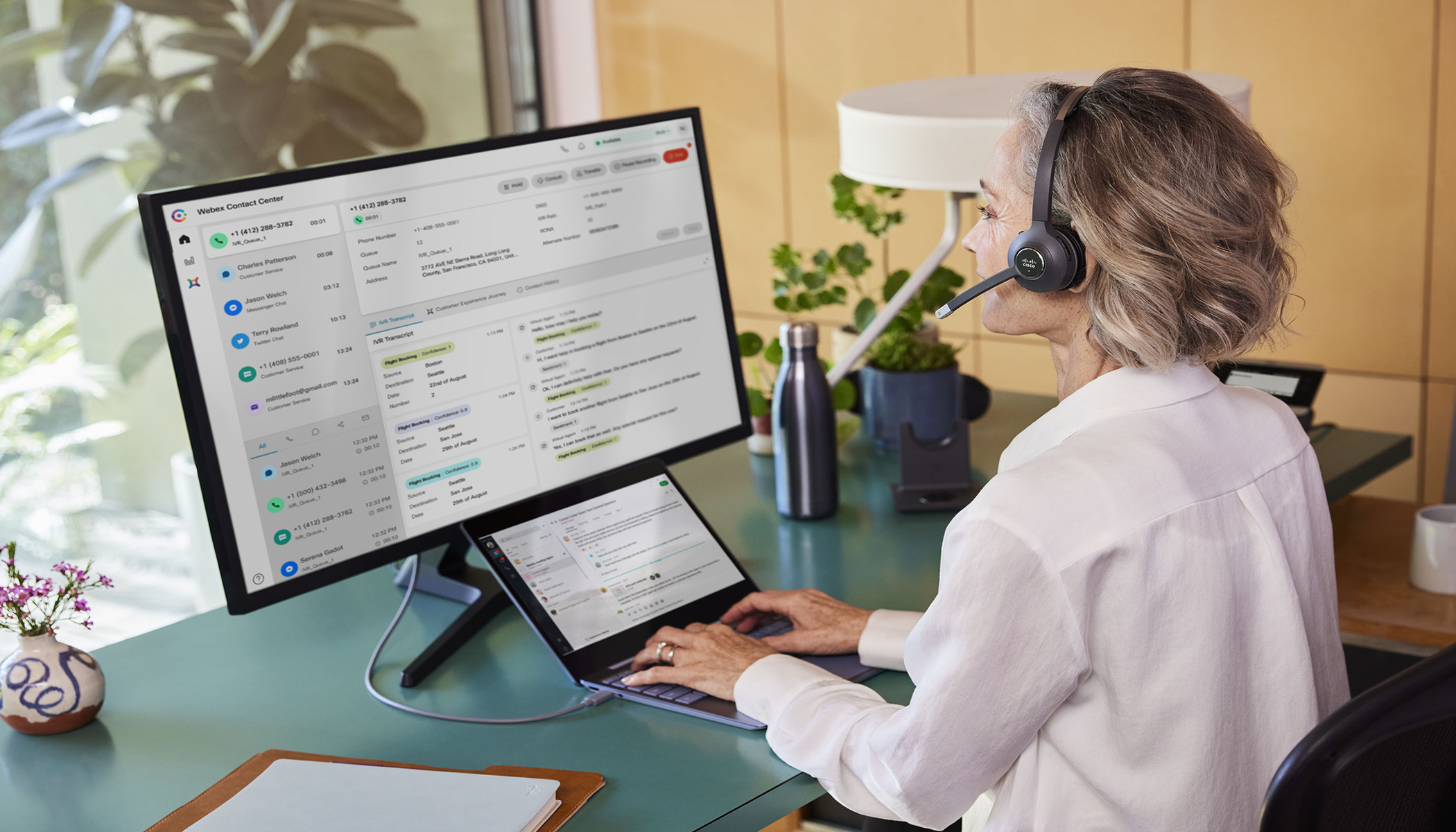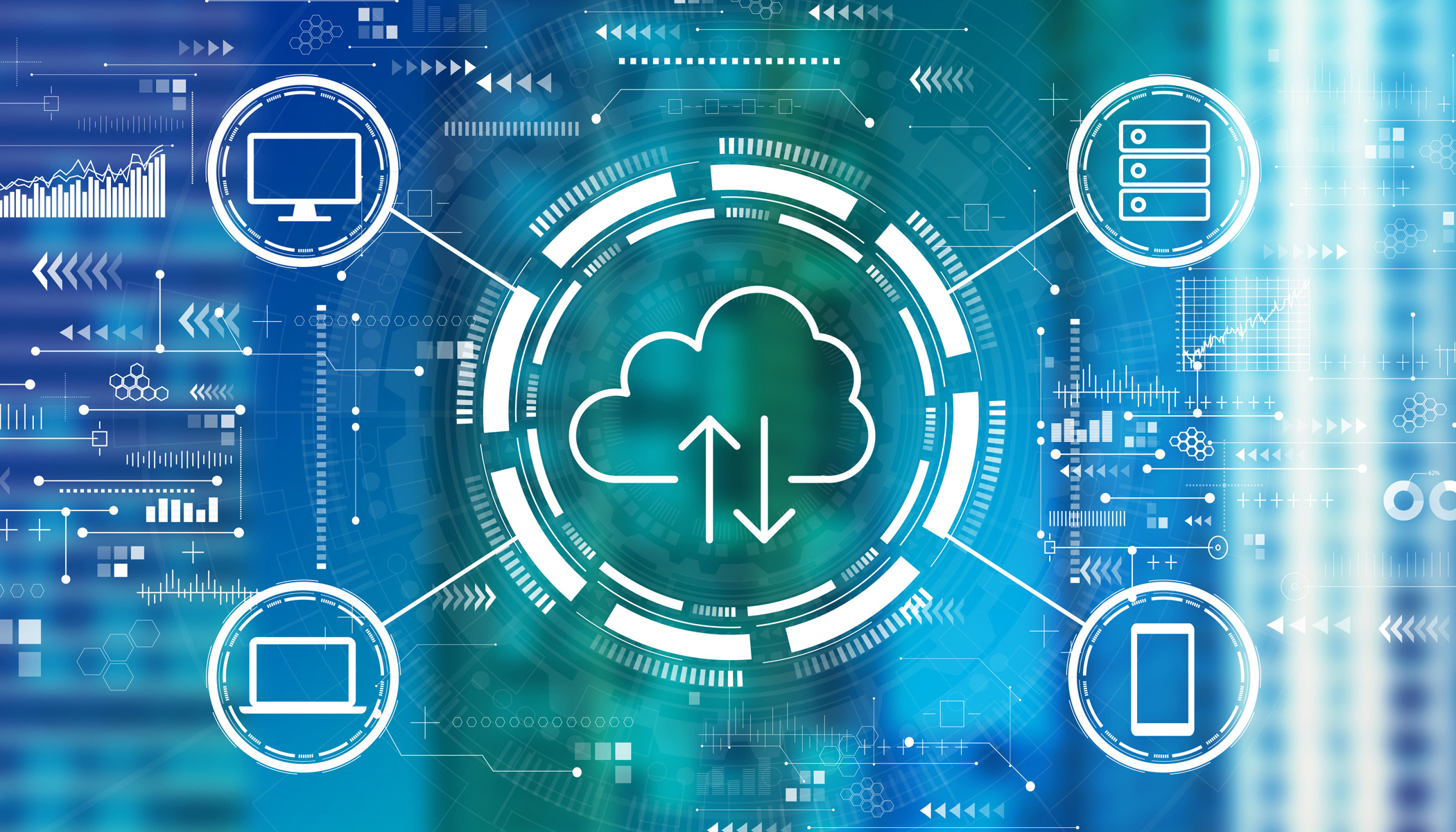Today’s retail customer expects their experience with brands to be seamless and on their terms. Our latest consumer research found that 75% of consumers see good customer experience (CX) as a reason to be a repeat customer with a business—making it just as important a factor as price (76%) and considerably more important than the actual quality of the product/service (57%). Retailers can’t ignore consumer expectations for better experiences, and CX transformation initiatives need to become a boardroom-level discussion.
However, large retailers often face significant challenges to meet the constantly evolving expectations of consumers. The ‘Amazon effect’ means that digital natives are starting to dominate the retail industry, with consumers expecting fast, effortless purchase experiences. In addition, the rapid shift from physical to digital has put pressure on retailers to swiftly move to real-time digital communication channels. Retail initiatives like Buy Online Pick up In Store (BOPIS) and curbside pickup saw a huge increase during the pandemic, but retailers can’t stop there and must continue to evolve these experiences and create operational efficiencies, choosing the best communications channel based on consumer preferences.
Retailers are increasingly turning to Communications Platform as a Service (CPaaS) solutions in order to create smarter connections with their customers. But how can one communications platform improve operational efficiencies, increase revenue, and create the best experience possible for customers?
Managing the end-to-end purchase journey
The first interaction with any customer is key – the discovery and acquisition stage of the journey. Richer, more interactive messaging channels like Apple Messages for Business, WhatsApp Business and Google Business Messages enable customers to find and start a conversation with a business, using conversational automation to browse, purchase and ask questions about the products.
To ensure that the customer converts, retailers must make it as easy as possible for customers to complete the purchase journey. Retailers must embrace two-way messaging channels to enable an interactive purchase journey using features such as rich cards, buttons and carousels as well as integrated payment experiences that can be offered within the channel. Retailers can also prompt shoppers to complete their purchases by sending proactive abandoned basket alerts via in-app or push notifications.

Once the customer has completed a purchase, that doesn’t mean the retailers job is over.
Traditionally customer interactions at this point have been very reactive, requiring the consumer to activate the engagement. Retailers need to think differently about their processes to engage consumers and how they can get the information into their customers hands at the time they want it. By offering automated services such as BOPIS and curbside pickup, customers can now collect their items at their own convenience. However, retailers must ensure that customers are able to modify orders or delivery information with ease using self-serve AI chatbots. Empowering customers to find the answers they need without live agent assistance reduces operational costs and increases customer satisfaction. However, retailers must ensure that consumers with complex support inquiries or questions are seamlessly handed over to human agents from the digital messaging channels, maintaining the full context of the interaction.
Customer retention is just as important as customer acquisition. Retailers can improve customer loyalty by offering mobile wallet cards and coupons that can update points and promotions in real-time and send location-based notifications. Allowing customers to have their say via automated feedback surveys promotes better engagement and enables the brand to continuously understand their customers preferences.
But how do retailers manage this end-to-end journey?
Retailers who want to provide seamless interactions across the entire customer journey should look to invest in a centralized communications platform. Low code platforms, like Webex Connect, integrate with a retailer’s existing technology stack, therefore enabling them to eliminate data siloes whilst making the most out of existing investments.
By adopting a platform approach, retailers can orchestrate, automate and monitor their customer interactions across multiple different channels with ease – helping to create connected, contextual experiences their customers expect.
To find out more about our retail CX solutions and how we help leading retail businesses globally create end-to-end customer journeys, get in touch with one of our experts today or try our platform for free with our developer sandbox.
Learn More:





